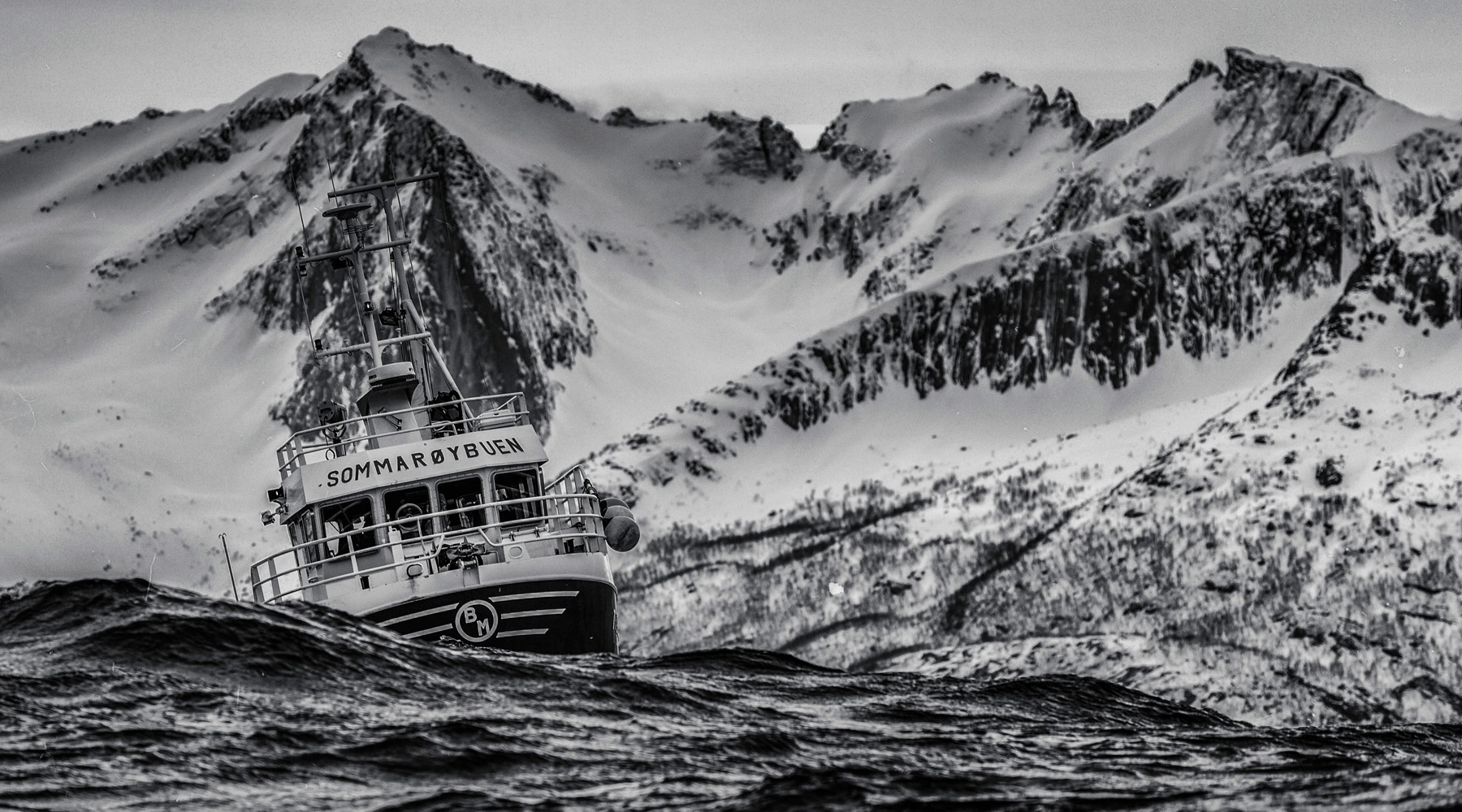The Colors of Space
The Lhari spaceport didn’t belong on Earth.
Bart Steele had thought that, a long time ago, when he first saw it. He had been just a kid then; twelve years old, and all excited about seeing Earth for the first time—Earth, the legendary home of mankind before the Age of Space, the planet of Bart’s far-back ancestors. And the first thing he’d seen on Earth, when he got off the starship, was the Lhari spaceport.
And he’d thought, right then, It doesn’t belong on Earth.
He’d said so to his father, and his father’s face had gone strange, bitter and remote.
“A lot of people would agree with you, Son,” Captain Rupert Steele had said softly. “The trouble is, if the Lhari spaceport wasn’t on Earth, we wouldn’t be on Earth either. Remember that.” Read More







